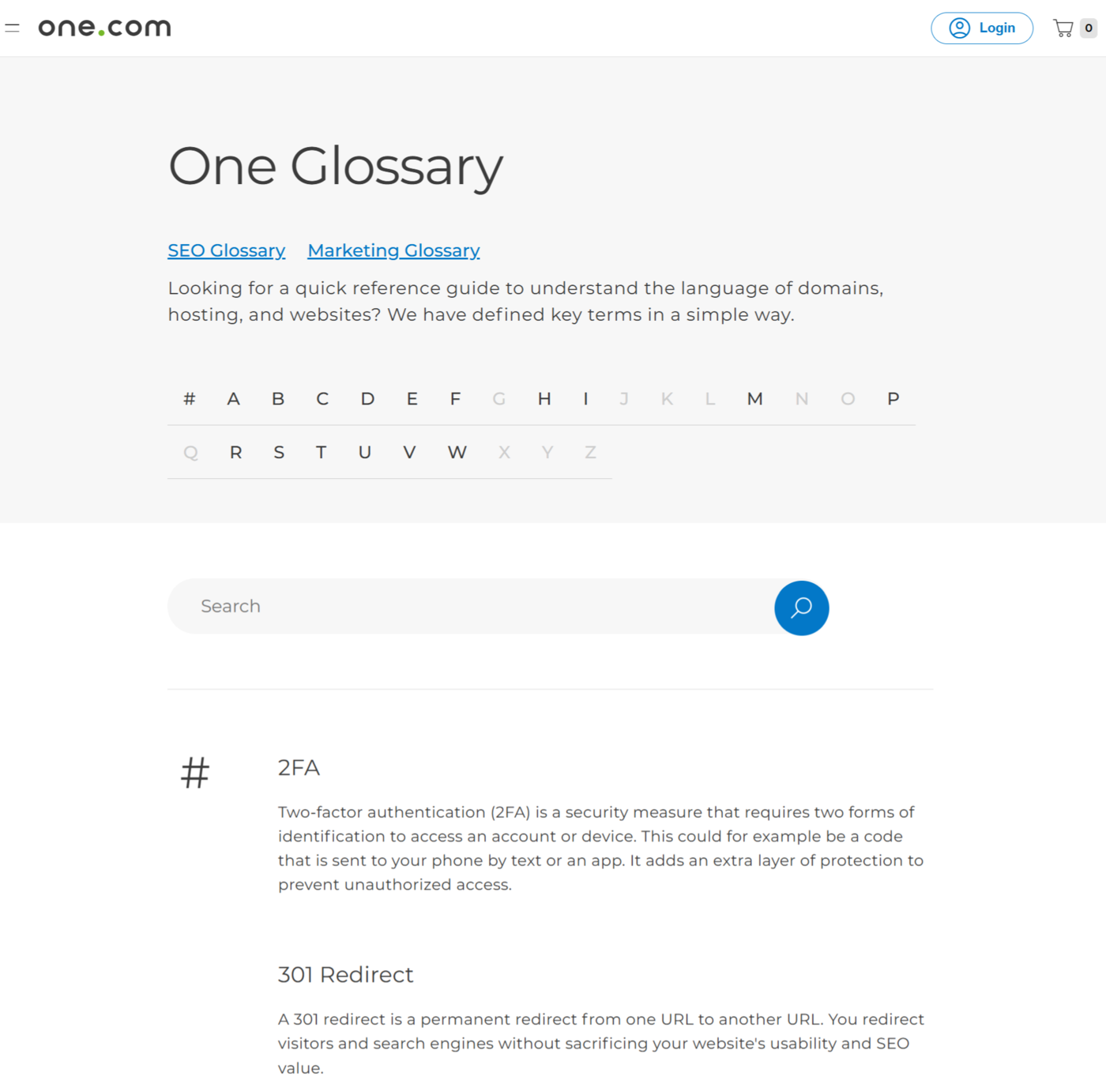What is a Subfolder?
A subfolder (or subdirectory) is a section of a website that organizes related content together. Its URL structure begins with the domain name, followed by the subfolder name. For example, blog is the subfolder in the URL yourdomain.com/blog.
Subfolders allow bloggers to group related content together. For example, a software company may have its pricing page under the yourdomain.com/pricing subfolder, while its blog posts are structured under the yourdomain.com/blog subfolder.
From the zoek machine optimalisatie perspective, subfolders consolidate ranking by keeping all content under a single domain. This allows the subfolders, including their content and pages, to benefit from the main domain’s link gelijkheid en PageRank. It also gives the content a better chance of ranking on zoekresultatenpagina's.
Importance of Subfolders
Subfolders allow bloggers to organize and structure their content under a single domain. This is important for SEO since search engines treat the subfolders and the primary domain as the same site. So, the pages on such sites can easily pass link equity and PageRank to one another.
From the user experience perspective, subfolders create intuitive URL structures that allow visitors to understand the relationship between the subfolder and other content on the site.
Subfolders also play a crucial role in a site’s architecture. Specifically, it allows bloggers to inform their visitors and search engines about their content hierarchy. This is crucial for user experience and crawlability as it enables visitors and search engines to easily navigate the site.
Subfolders vs Subdomains for SEO
There is a never-ending argument over whether subfolders or subdomains are better for SEO. For a start, a subfolder begins with the domain name followed by the subfolder. For example, yourdomain.com/blog/.
Subdomains, on the other hand, begin with the subdomain, followed by the domain name. For example, blog.yourdomain.com.
Specifically, many bloggers believe subfolders are better at passing link equity and PageRank than subdomains. They assume subdomains do not pass link equity and PageRank as smoothly since they are typically considered separate sites from the main ones.
However, Google has repeatedly confirmed that both are fine, and none is better than the other. Matt Cutts even mentioned that subfolders and subdomains are roughly equivalent, and bloggers should use whichever one is convenient for them.
Difference Between Subfolders and Subdomains
A good part of the controversy between subfolders and subdomains stems from the difference between both and how search engines treat them. For starters, subfolders always share the same server as the root domain, while the subdomains can be located on the same server or a separate one.
This is why subdomains are typically considered a separate site from the main domain. However, search engines can detect the relationship between a subdomain and the primary domain.
In such cases, search engines will treat the subdomain and domain as the same site if you treat them as such. Similarly, they can treat subfolders and the domain as different sites when you treat them as such.
Overall, whether a subdomain or subfolder is considered a distinct site or part of the main domain depends on how the blogger treats them. You can use either depending on your needs, audience, preference, site architecture, and URL structure.
When Bloggers Use Subfolders and Subdomains
Bloggers typically use subfolders and subdomains differently. Specifically, bloggers use subfolders when the content on the entire site is intended for the same audience. On the other hand, they use subdomains when the content is created for different audiences.
For example, one.com’s home website targets bloggers and business owners who want to purchase a domain name.

They have a glossary located in the subfolder at one.com/en/glossary. This glossary is intended for bloggers and businesses who want to learn about terms used in domains, hosting, and websites.

One.com also has support articles in the subdomain at help.one.com. The content here is intended for customers who want to resolve issues related to their hosting. It also allows the customers to contact the one.com support team.

As you can see, subfolders and subdomains usually serve distinct purposes in a website architecture. However, this is not definite since bloggers and businesses can use them interchangeably. So, subfolders can host content targeted at a different audience, while subdomains can contain content intended for the same audience.